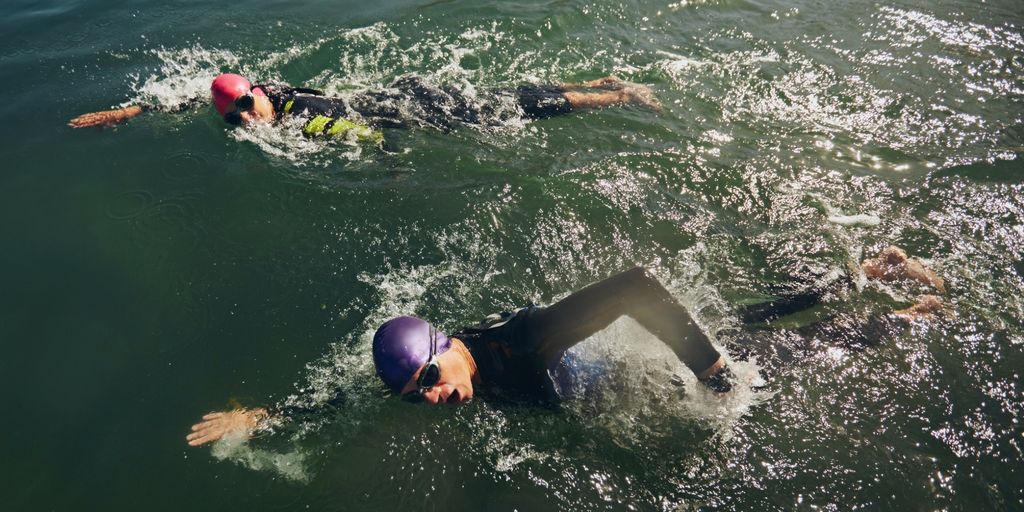One concern during the Rio Olympics was the level of water pollution. It was uncertain if the waters were safe enough to be used for Olympic competitions. The World Health Organization gave this advice to athletes: “It is suggested that all athletes should cover cuts and grazes with waterproof plasters prior to exposure, try to avoid swallowing the water, wash/shower as soon as possible after exposure and, as far as possible, minimise their time in the water and avoid going in the water after heavy rainfall if possible.”
Just what are the dangers of coming into contact with a polluted body of water? The discussion below focuses on specific polluted water diseases that can be contracted from contaminated water and includes suggested clinical decision support tools which can help healthcare professionals with diagnosis, treatment, and prevention.
What infections are people at risk for?
A polluted body of water may contain human and animal waste as well as garbage. Depending on temperature and salinity, the spectrum of pathogens is broad, including:
blue-green algae, cryptosporidium, cyclospora, Leptospirosis, norovirus, pathogenic amoebae (Naeglaria and Acanthamoeba), Pseudomonas, Salmonella, Shigella, schistosomiasis, Tularemia, Vibrio species, viral hepatitis A and B, and many more.
Exposures could occur through contact with the water, walking on the beach, or eating seafood from the affected waters.
- Criteria for an Outbreak of Norwalk (Norovirus) Gastroenteritis

- Microorganisms at a Beach That Can Cause Infection

- Traveler’s Diarrhea Due to Cyclospora cayetanensis

What other hazards are there?
In addition to infectious agents, polluted waters may contain discharge from factories and farms, which could include heavy metals (such as mercury), pesticides, and industrial chemicals. These may be more of a threat to long-term residents, but could affect seafood.
In addition to direct toxic effects, the wide range of contaminants could pose a problem for a person with allergies.
In addition to physical dangers, there could be psychological impact on performance while trying to avoid water contact.
Who would be most at risk?
Risk would be determined by the nature of the exposure, the density of the hazard and individual risk factors. Certain people are at greater risk, including those who are immunosuppressed or have chronic liver disease, diabetes, contact lenses and open wounds.
- Medical Conditions Predisposing to Serious Vibrio Infections

- Clinical Syndromes of Cryptosporidiosis in Patients with AIDS

How could an affected athlete present?
A person could become sick almost immediately, or after an incubation period (hopefully not on the plane back home).
Chief complaints might include:
fever, diarrhea, otitis, conjunctivitis or keratitis, sinusitis, pneumonia, sepsis, rash, wound infection, meningitis, hepatitis, plus many other signs and symptoms
If the incubation period is long enough, the causative exposure may be forgotten or misassigned.
- Complications and Extrahepatic Manifestations of Hepatitis A

- Clinical Features of Severe Leptospirosis with Organ Failures (Icteric, Weil’s Syndrome)

Prevention
Since so many things could go wrong, prevention must be a priority. One of the most powerful ways is vaccination, especially against viral hepatitis. Unfortunately only a few of the risks are preventable by vaccination.
Being educated about the risks and avoiding them can make a big difference. Goggles and other forms of barrier protection can help to reduce some but not all exposure.
- Prevention and Control of Norovirus (Norwalk Agent) Infection

- Steps to Reduce Exposure to Micro-Organisms When Swimming in Natural Bodies of Water

Take Home Points
A person excited by a vacation or a competition may overlook travel-related hazards. Exposure to polluted water can be hazardous to your health.
Even those who were not able to make the Olympics share the risks in the “safe” water of managed swimming pools, as was recently reported in Arizona.
For a clinician dealing with a sick swimmer who has been exposed to unfamiliar hazards in the US or abroad, medical algorithms can be useful decision support tools for making the diagnosis.

